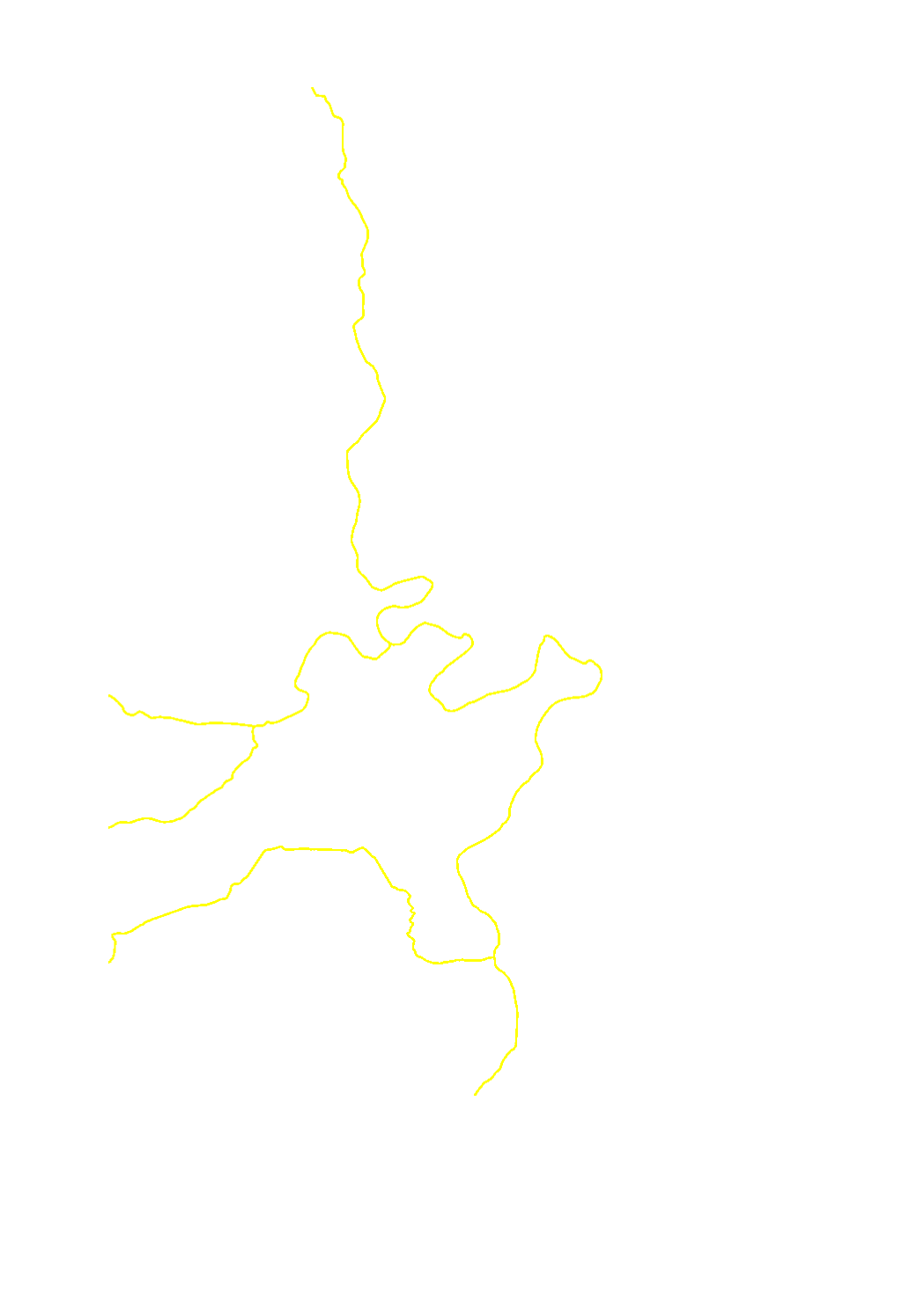once
Type of resources
Available actions
Topics
Keywords
Contact for the resource
Provided by
Groups
Years
Representation types
Update frequencies
status
Scale
-

Detailed cartography of substrate based on the analysis of 100 meters representative river sections, every 1000 meters.
-

In the detailed programme of measures, the types of measures related to hydromorphology (HY) and urban wastewater management (SWW) which are defined in the catalogue of measures of the third river basin management plan, were assigned to the individual water bodies. The objective of this assignation is to identify for each water body those measures that will help to reduce the pressures and deficits present in the water body, thereby improving its status or maintaining its good status.
-

Riverbanks improvement by permanent removal of heavy stabilization techniques or by their replacement with plant engineering solutions, in order to recreate near-natural riverbanks with typical vegetation and diversified structures, thus creating microhabitats for aquatic flora and fauna.
-

Restoration of a balanced, near-natural water balance in the entire catchment area of a surface water body. Near-natural urban water management, through measures for retention, infiltration and evaporation before the discharge of precipitation water.
-

Enable an autonomous dynamic development of the river within clearly defined zones (ideally within a river corridor), leading to the formation of riverbed and riverbanks’ structures compliant with the river typology.
-

Typical river restoration technique. Re-meandering and restoration of the riverbed in order to recreate a new meandering course compliant with the river typology, with a riverbed and riverbanks rich in structures.
-

River basin specific pollutants are substances that enter the river basin or parts of it in significant quantities. The quantitative assessment is done with environmental quality standards that are fixed by the European Union member states. In Luxembourg, the substances and limit values (annual average) are fixed in the grand ducal regulation of 15 January 2016 (règlement grand-ducal du 15 janvier 2016 concernant l'évaluation des masses d'eau de surface). Evaluation takes place with 2 categories (good, moderate and worse). River basin specific pollutants are used together with the general physico-chemical parameters for evaluation of the ecological status.
-

According to the water framework directive WFD (DIR 2000/60/CE), important physico chemical parameters are measured in the surface water bodies for the assessment of the ecological status. The modalities for this monitoring are stated in the grand ducal Regulation of 15 January 2016 (règlement grand-ducal du 15 janvier 2016 concernant l'évaluation of the dimension d'eau de surface). General physico-chemical parameters are used together with the river basin specific pollutants for evaluation of the ecological status.
-

According to the water framework directive WFD (DIR 2000/60/CE), important physico chemical parameters and river basin specific pollutants are measured in the surface water bodies for the assessment of the ecological status. The modalities for this monitoring are stated in the grand ducal Regulation of 15 January 2016 (règlement grand-ducal du 15 janvier 2016 concernant l'évaluation of the dimension d'eau de surface).
-

The chemical status of the groundwater bodies is assessed as being good or failing to achieve good chemical status. The assessment of the chemical status for the third river basin management plan is based on the list of substances of directive 2008/105/EC as well as its environmental quality standards.
 geocatalogue.geoportail.lu
geocatalogue.geoportail.lu